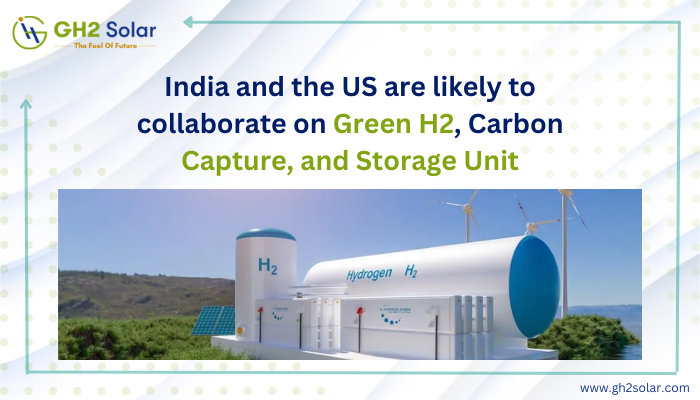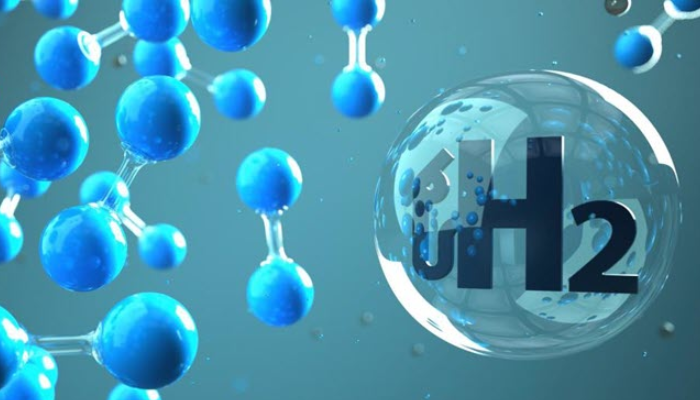According to ET, India and the US are expected to look into working together on projects involving green and clean hydrogen (Green H2), carbon capture, utilisation, and storage (CCUS), and battery energy storage systems.
According to those familiar with the matter, the two nations may also try to collaborate more quickly on offshore and onshore wind projects as well as other cutting-edge energy transition technology.
The Prime Minister of India, Narendra Modi, is currently on a state visit to the United States. Energy transition has also been designated as a major focal issue for the G20 Summit, which is being presided over by India.
One of the people remarked, “Both nations could look to collaborate on lowering the cost of green and clean hydrogen.”
Although it is currently expensive, green hydrogen production is anticipated to become economically viable as it scales.
India has grand hopes for the green hydrogen industry. By 2030, the National Green Hydrogen Mission wants to produce at least 5 million metric tonnes of hydrogen annually. Launched in 2021, the US Hydrogen Energy Earthshot program aims to lower the price of clean hydrogen by 80%, to $1/kg, within ten years.
Another person stated that India has led discussions on the technology of carbon capture, utilisation, and storage as part of the G20 side events and is willing to execute additional pilot projects on it. The high cost per unit and the choice of storage technology are the biggest problems for CCUS, he continued.
Because of the low cost of carbon capture from natural gas, processing facilities, carbon pipeline networks, government support, and other factors, the US has seen the highest deployment of carbon capture and storage, according to a NITI Aayog report from November.
With efforts being made worldwide to lower the cost of batteries, battery storage is essential given India’s ambitious goal of producing 500 GW of electricity from non-fossil sources.
In addition to pumped hydro storage, India has been interested in battery energy storage devices. A viability gap funding program for installing battery energy storage devices has already been announced.
According to insiders, the collaboration between the two nations on battery energy storage will probably hasten its practicality and adoption at the level of the industry.
Source: The Economic Times
For More Updates, Follow GH2 Solar on LinkedIn








